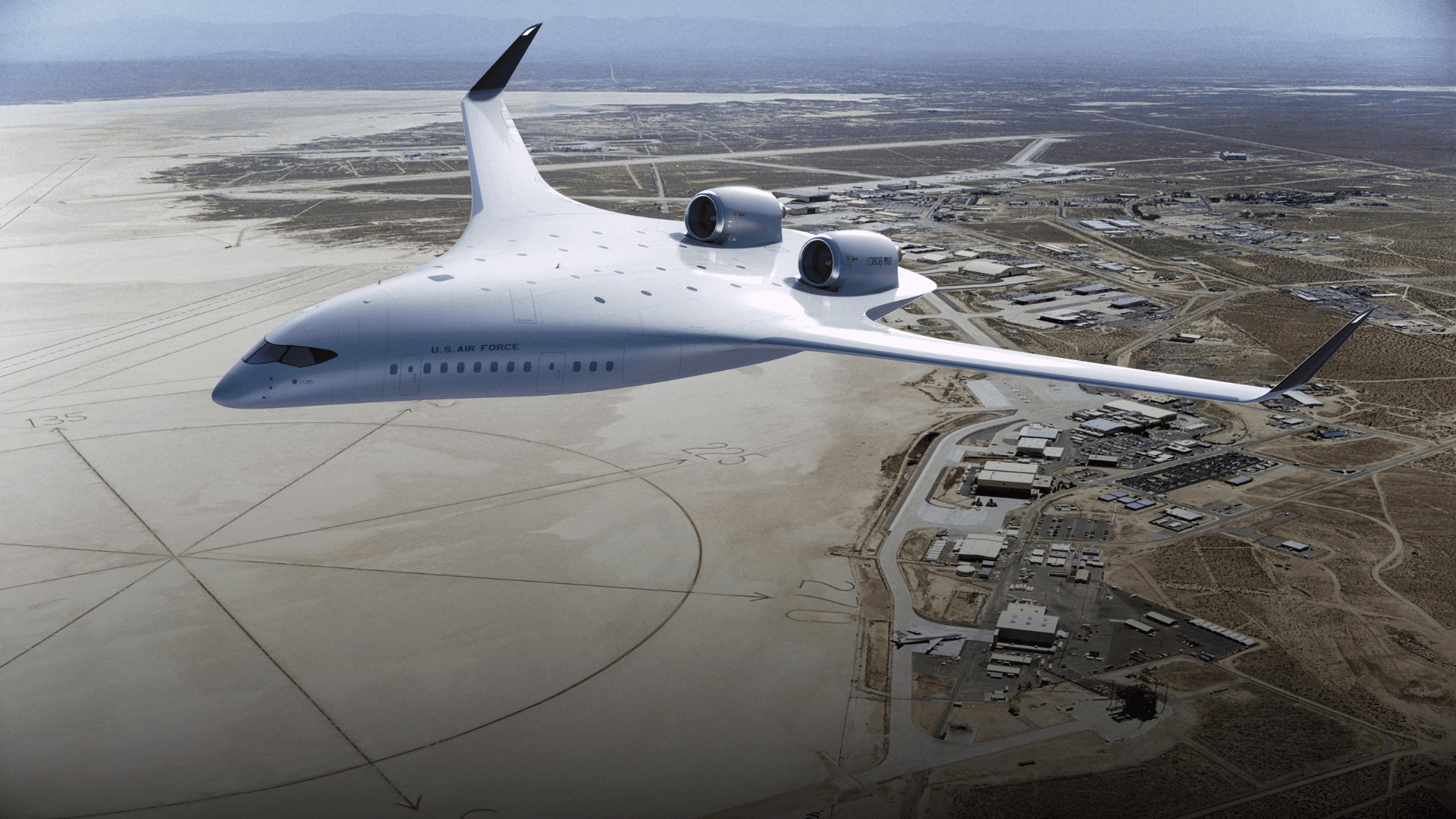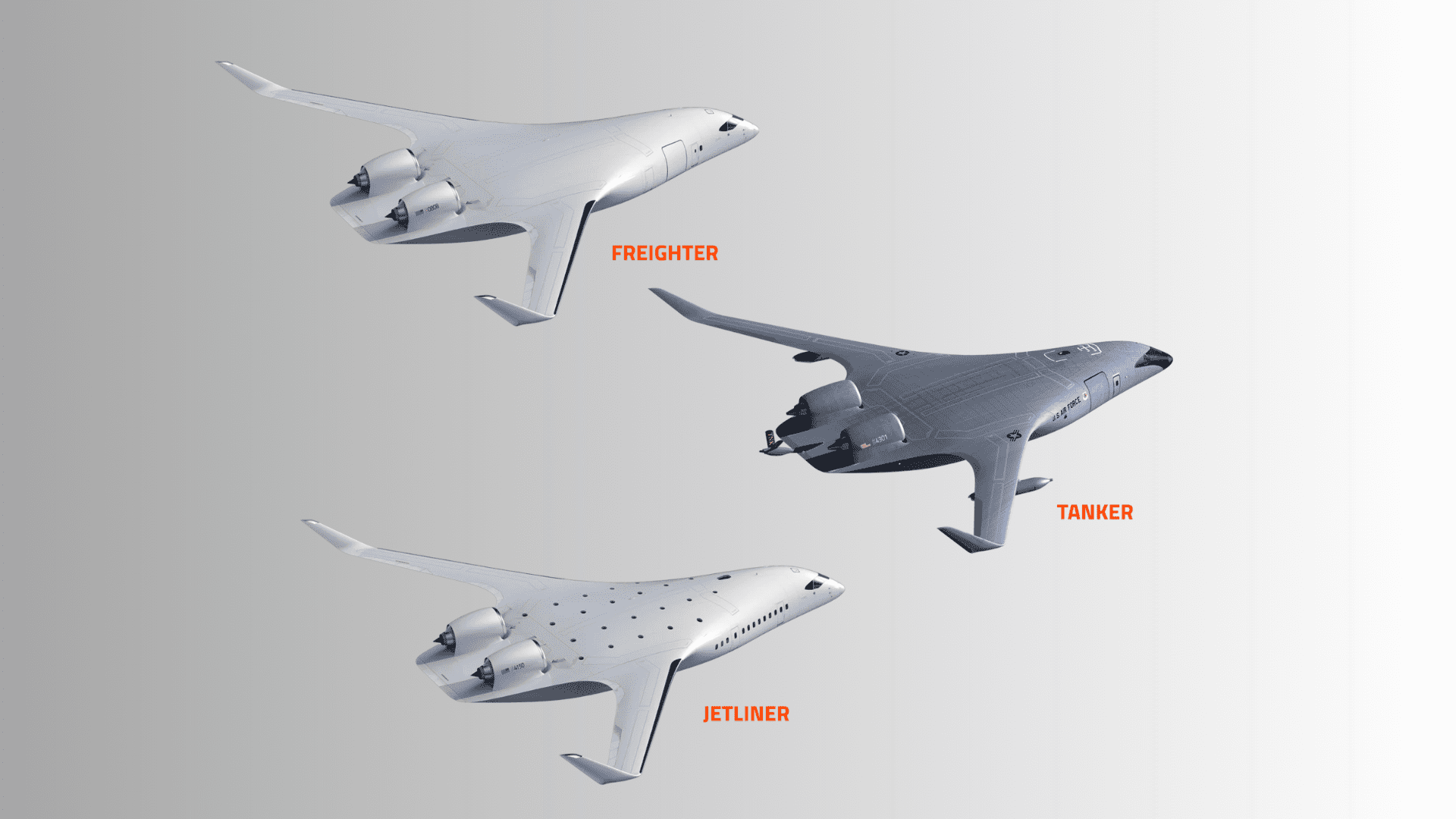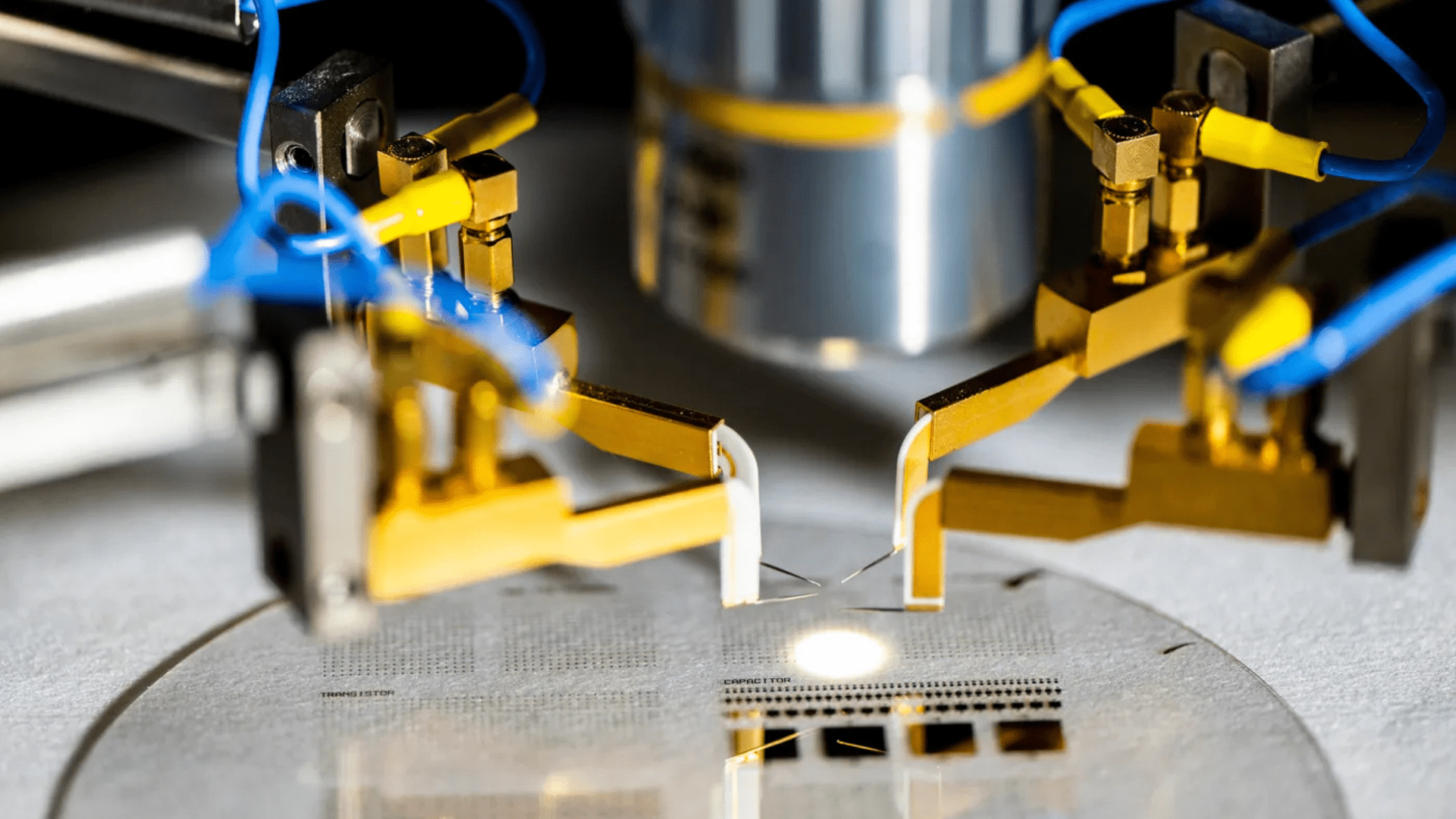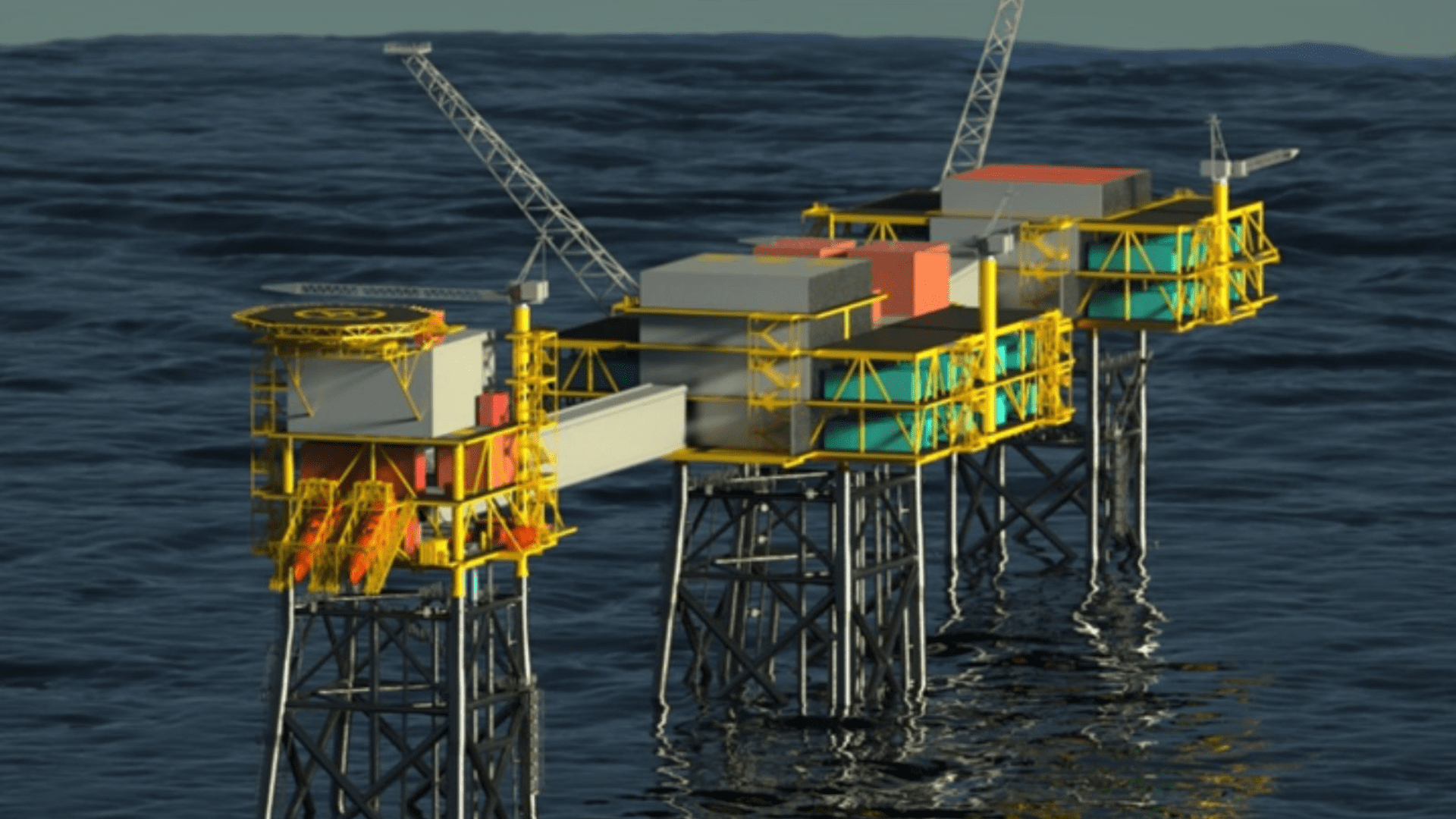During Siemens’ press conference at CES 2025, the technology company made a major announcement: it is partnering with aviation startup JetZero to design JetZero’s blended-wing aircraft. JetZero’s focus is creating sustainable air travel, and Siemens’s role in the partnership is to provide a digital platform for the blended-wing aircraft.
Siemens Xcelerator
JetZero plans to utilize the Siemens Xcelerator’s open digital business platform to design, manufacture, and operate its new aircraft. The startup also plans to build a “Factory of the Future” in the United States, where it will incorporate Siemens’ automation hardware, software, and services. JetZero says the technology will help it achieve its vision, which encompasses electrification, automation, and digitalization of both the aircraft and its production.

Using digital twin technology, the JetZero aircraft and its associated manufacturing operations will be simulated virtually. This will allow the company to mitigate risks in the manufacturing process, validate its approach, and optimize scaling methods well before construction begins or aircraft are operational.
“Siemens is giving us the confidence to take a leap, not just a step, in revolutionizing air travel,” said JetZero CEO Tom O’Leary. “Their digital twin and industrial metaverse technologies will be instrumental in helping us design, build, and operate the world’s first fully digital aircraft, delivering a better experience for passengers and airlines while also reducing fuel consumption by 50 percent.”
Blended Wing Aircraft

The blended-wing aircraft aims to improve fuel efficiency, reduce noise, and contribute to zero carbon emissions by 2035. Through several partnerships, there is potential for the blended-wing aircraft to run on hydrogen or other green alternatives. The aircraft’s blended wing body is supposed to make it more aerodynamic and more efficient in the sky.
“Our aircraft dramatically improves aerodynamic efficiency over traditional tube-and-wing designs which are fundamentally unstable and require large tail surfaces, creating yet more weight and drag,” the company says. According to the aviation startup, noise reduction is significant. It says, to the surrounding community, the aircraft sounds like it’s four times farther away than a traditional plane.
The U.S. Air Force also supports JetZero’s mission to develop a commercial jet and the potential for military variants such as tanker or freighter.







